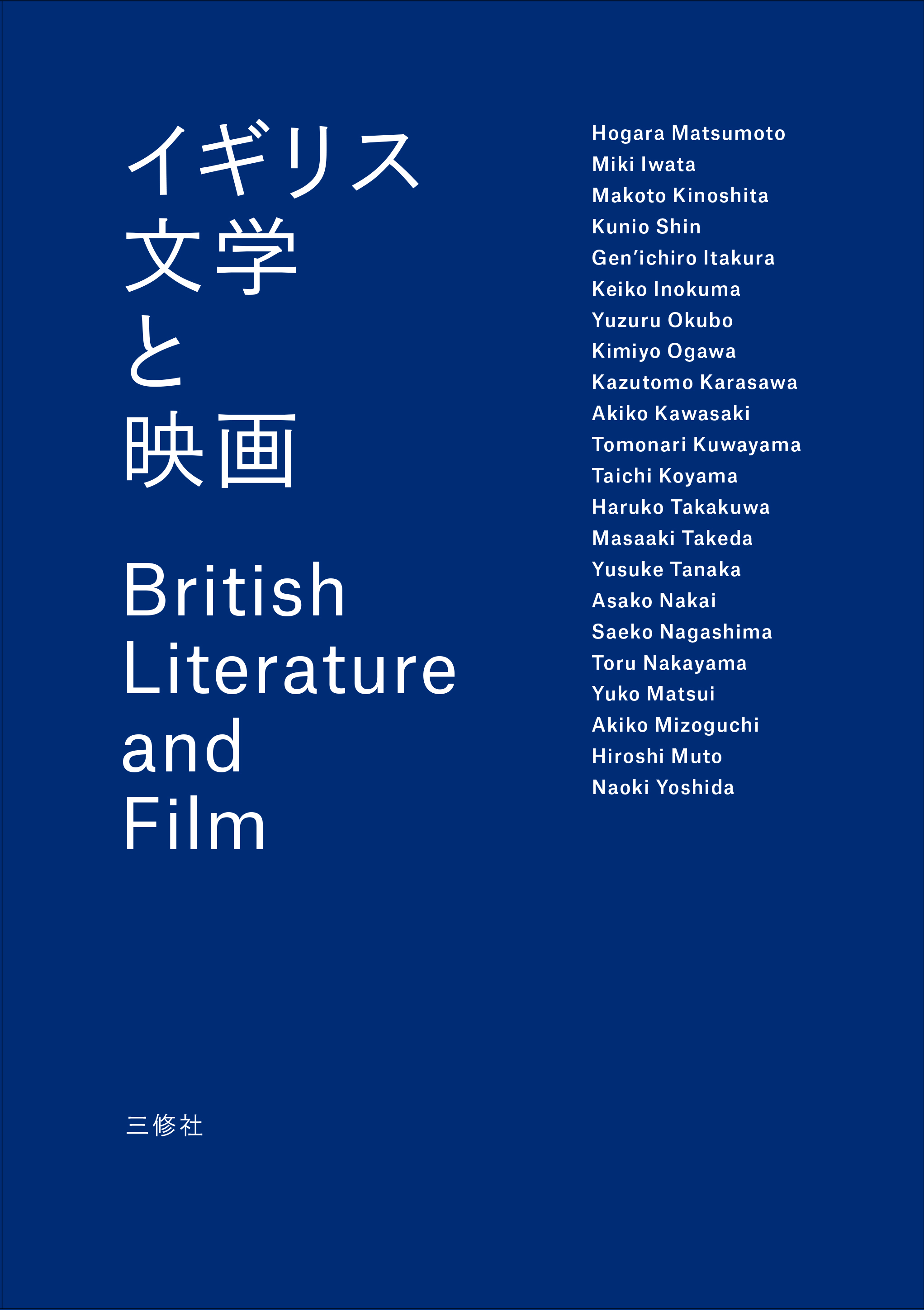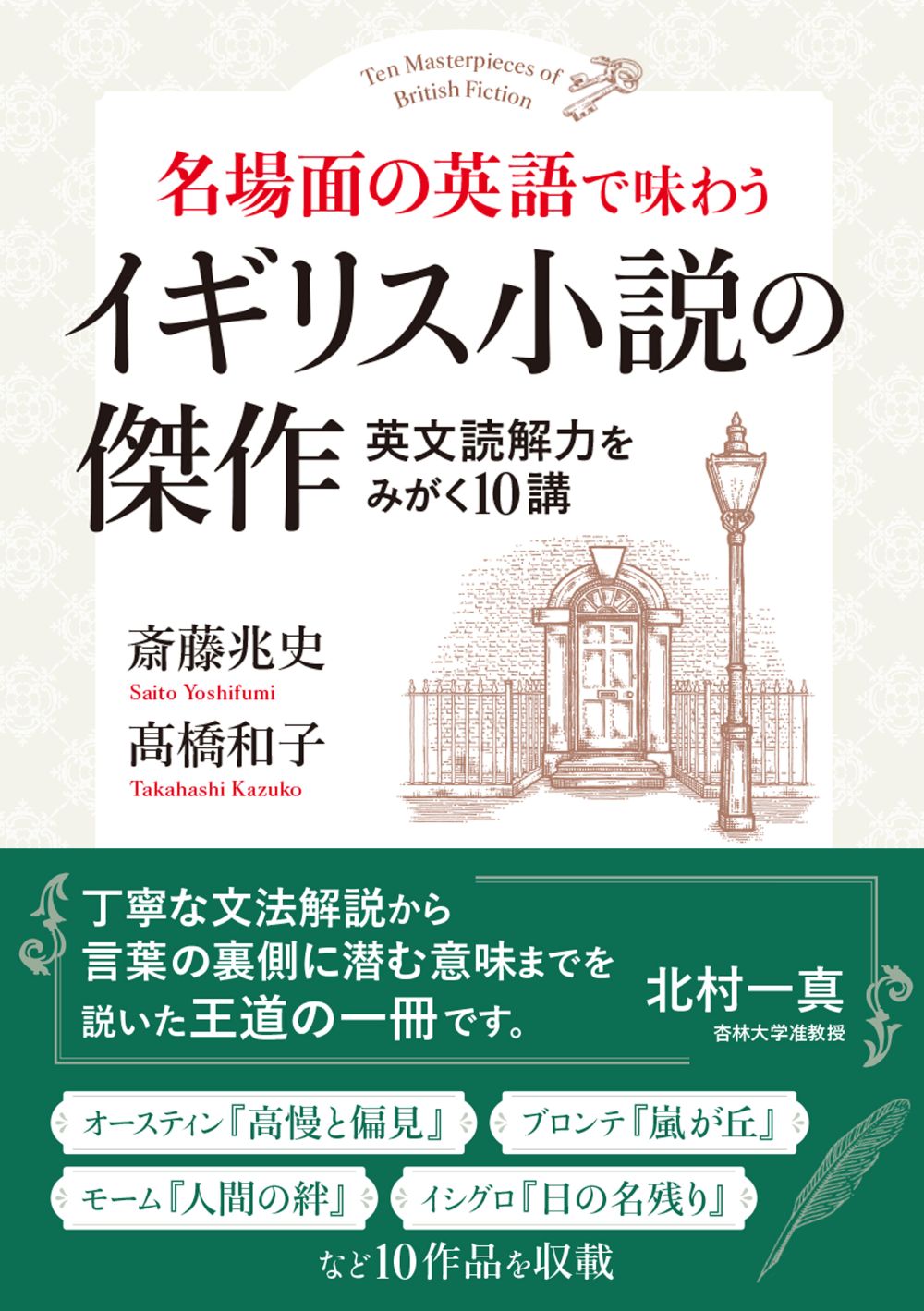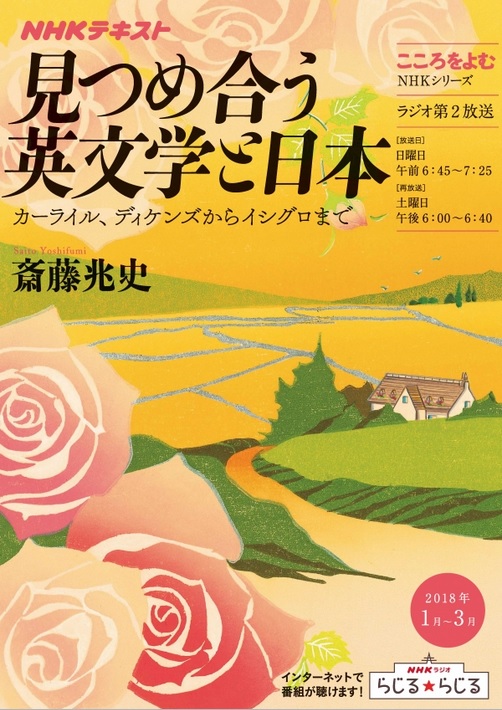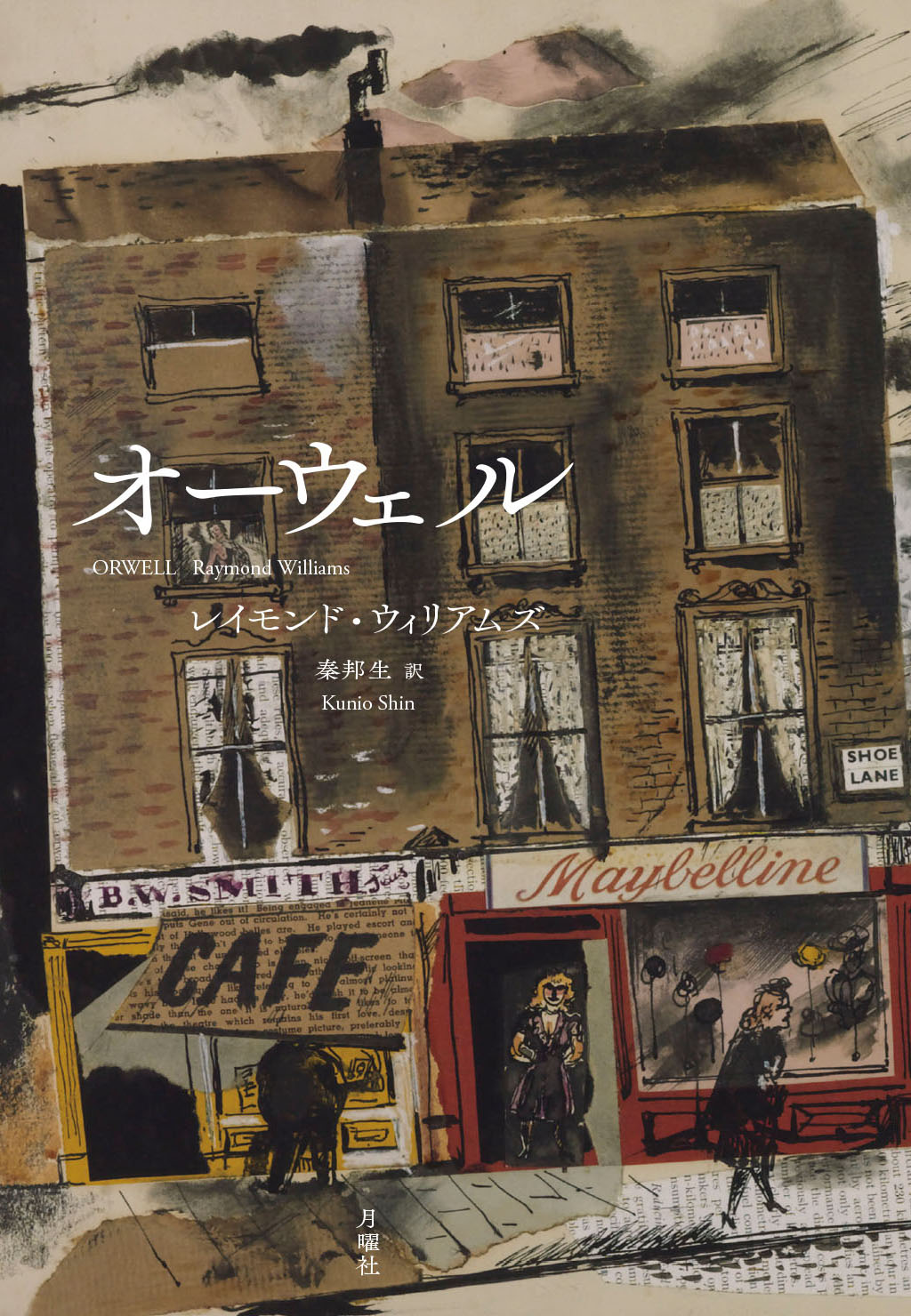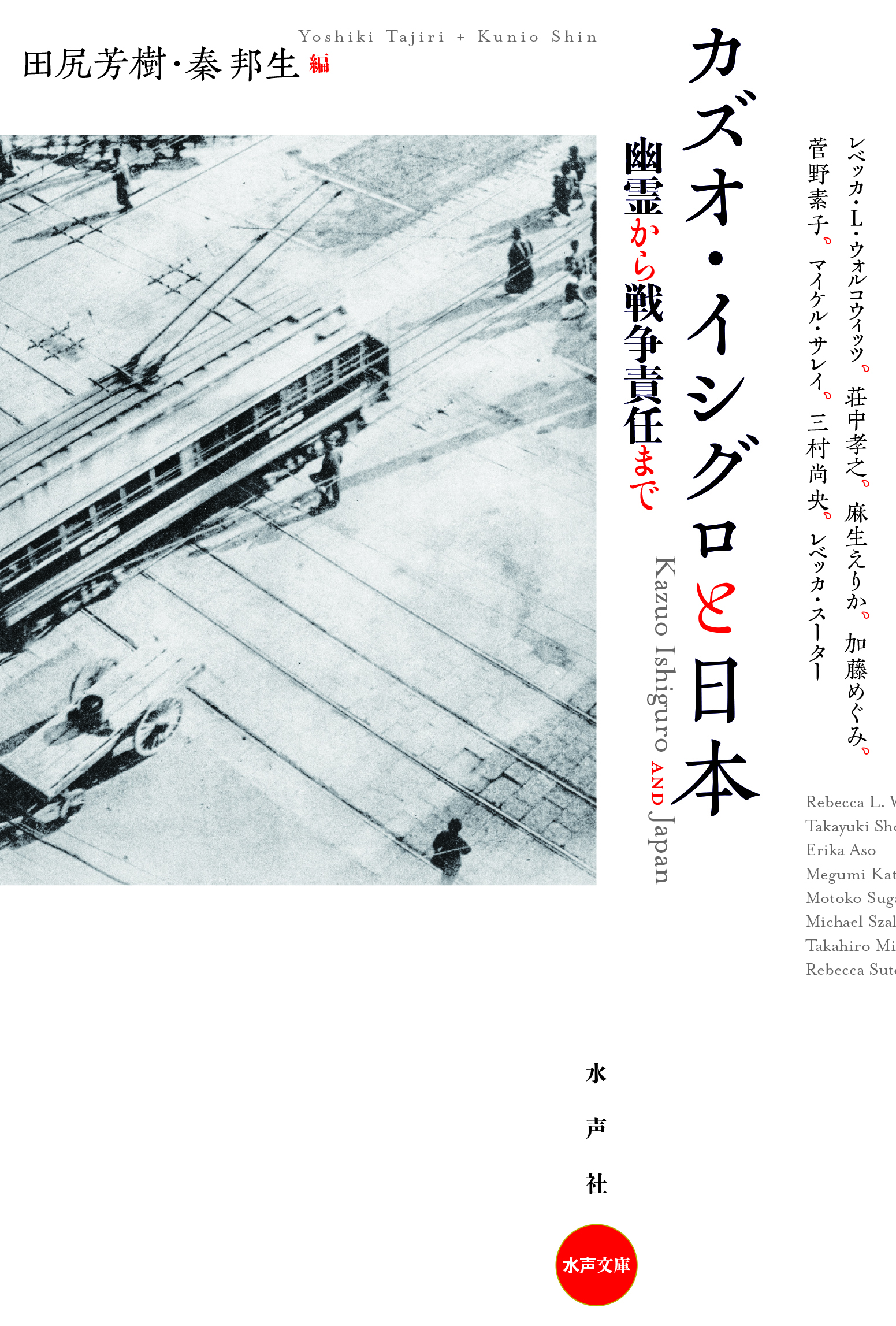
Title
Kazuo Ishiguro to Nihon (Kazuo Ishiguro and Japan - From Ghosts to War Responsibility)
Size
317 pages, 127x188mm, hardcover
Language
Japanese
Released
October 23, 2020
ISBN
978-4-8010-0508-2
Published by
Suiseisha
Book Info
See Book Availability at Library
Japanese Page
This collection of essays studies the works of the 2017 Nobel Laureate in Literature Kazuo Ishiguro to reveal how they are complexly defined by multiple tensions between “Japan” and “the World.”
Some readers may find the association between Ishiguro and Japan predictable. However, any discussion on this topic must take heed of Ishiguro’s ambivalent attitude to Japan. On the one hand, Ishiguro has often expressed a deep sense of attachment to his hometown, Nagasaki, having used this city as a setting for his first novel, A Pale View of Hills (1982), and publishing a special message on the occasion of the 75th anniversary of the Nagasaki bombing in 2020. On the other hand, he has expressed some degree of discomfort when his novels are read in term of stereotypical images of Japan or “Japaneseness”. Indeed, there is a danger of oversimplification if we associate his works too closely with Japan.
Instead of resorting to the stereotypes of “Japaneseness”, therefore, this collection of essays aspires to shed new light on the works of Ishiguro by carefully historicizing his novels and investigating hitherto-unexamined archival materials now stored in the Harry Ransom Centre, the University of Texas at Austin.
Thus, this collection of essays can be seen as an attempt to pour new wine into the old wineskin of “Ishiguro and Japan”. Readers of this book will surely discover a number of new findings and original arguments. Examples include discussions of “Flight from Nagasaki” (an unpublished early story manuscript), and the film director Yoshishige Yoshida’s unrealized film adaptation of A Pale View of Hills, both of which are significant when we reconsider Ishiguro’s complex treatment of the theme of the atomic bomb. Another issue examined in this collection is the question of Japan’s war responsibility, described in his second novel, An Artist of the Floating World (1986). One chapter also considers how Ishiguro was influenced by Akira Kurosawa’s Rashomon (1950) in developing his technique of unreliable narration. Also of interest is Ishiguro’s unrealized plan for a TV documentary, “Ghosts Project”, relevant to the gothic quality of some of his early works. Also included in this book are discussions of Ishiguro’s early short stories and a novel set in wartime Shanghai. In addition, this volume includes essays by Rebecca Walkowitz, Michael Szalay, and Rebecca Suter.
Now that Ishiguro has firmly established himself as a master of the so-called “World Literature”, we need to reconsider and reconstruct his “Japan” as a starting point for his literary endeavor, measuring how far he has travelled from there. Overall, this collection of essays aims at rediscovering an unfamiliar image of “Japan” that Ishiguro has skillfully created in his novels to subvert readers’ conventional expectations.
(Written by SHIN Kunio, Associate Professor, Graduate School of Arts and Sciences / 2022)



 Find a book
Find a book


